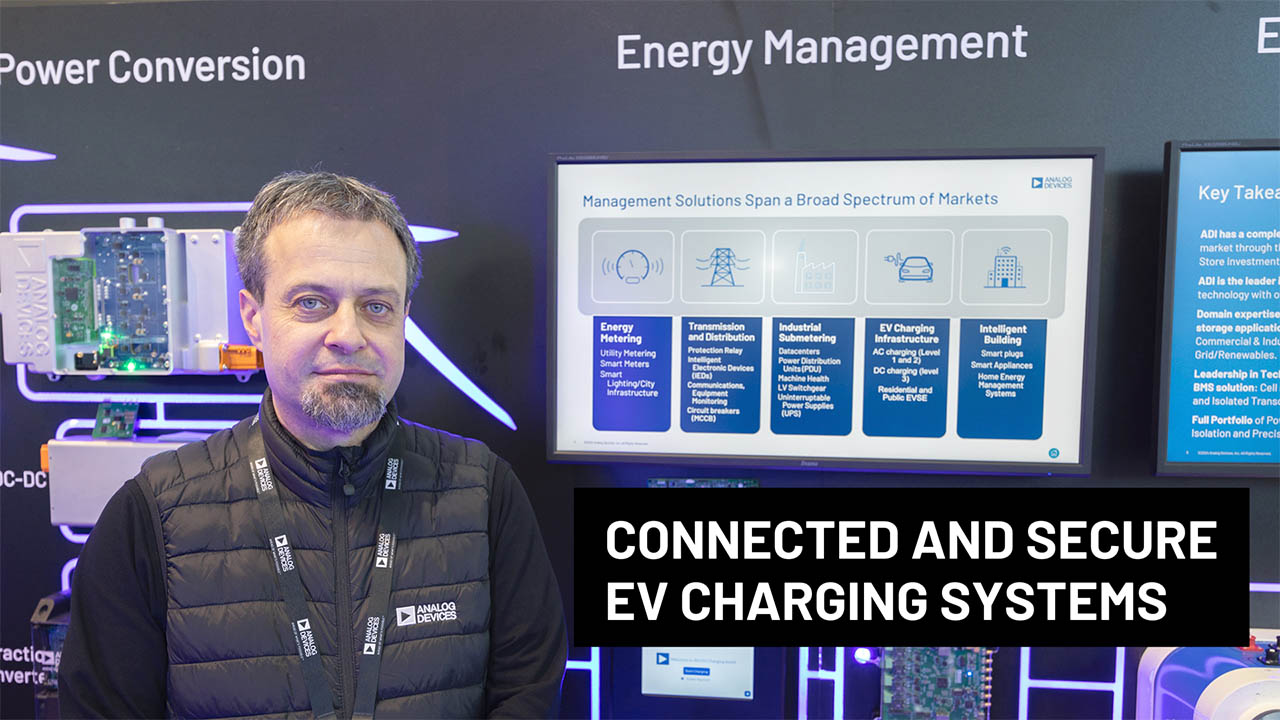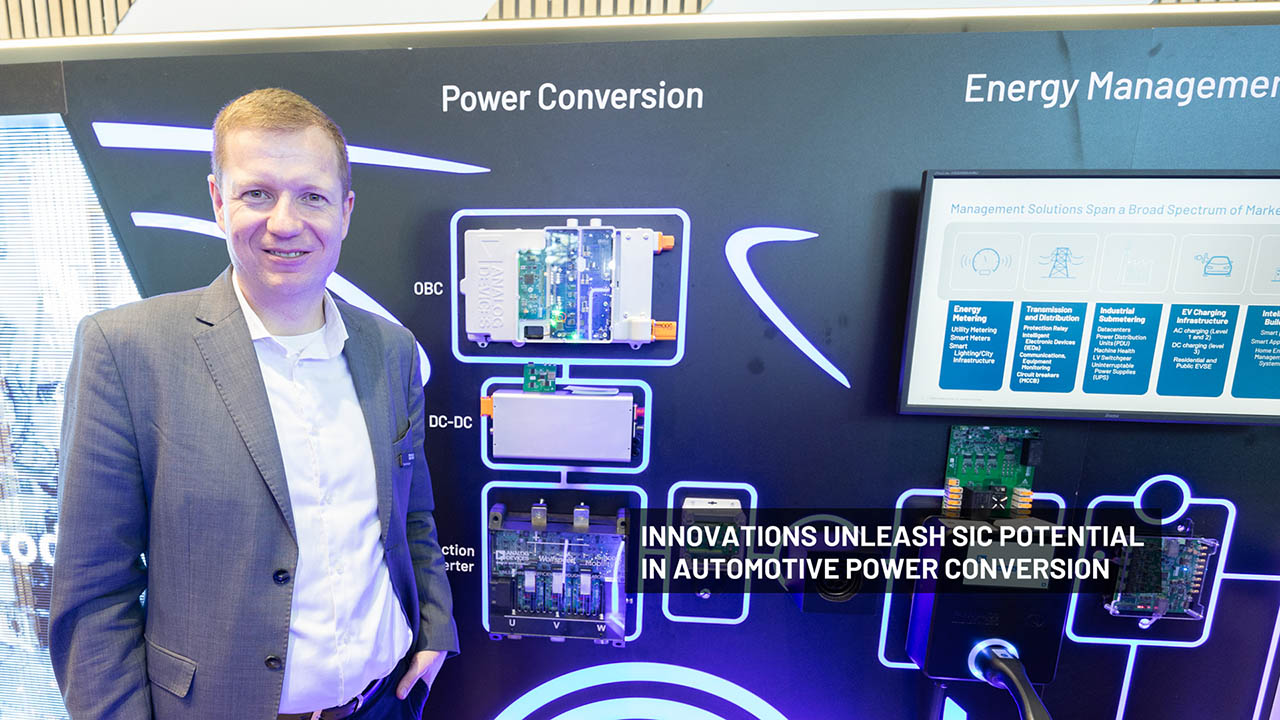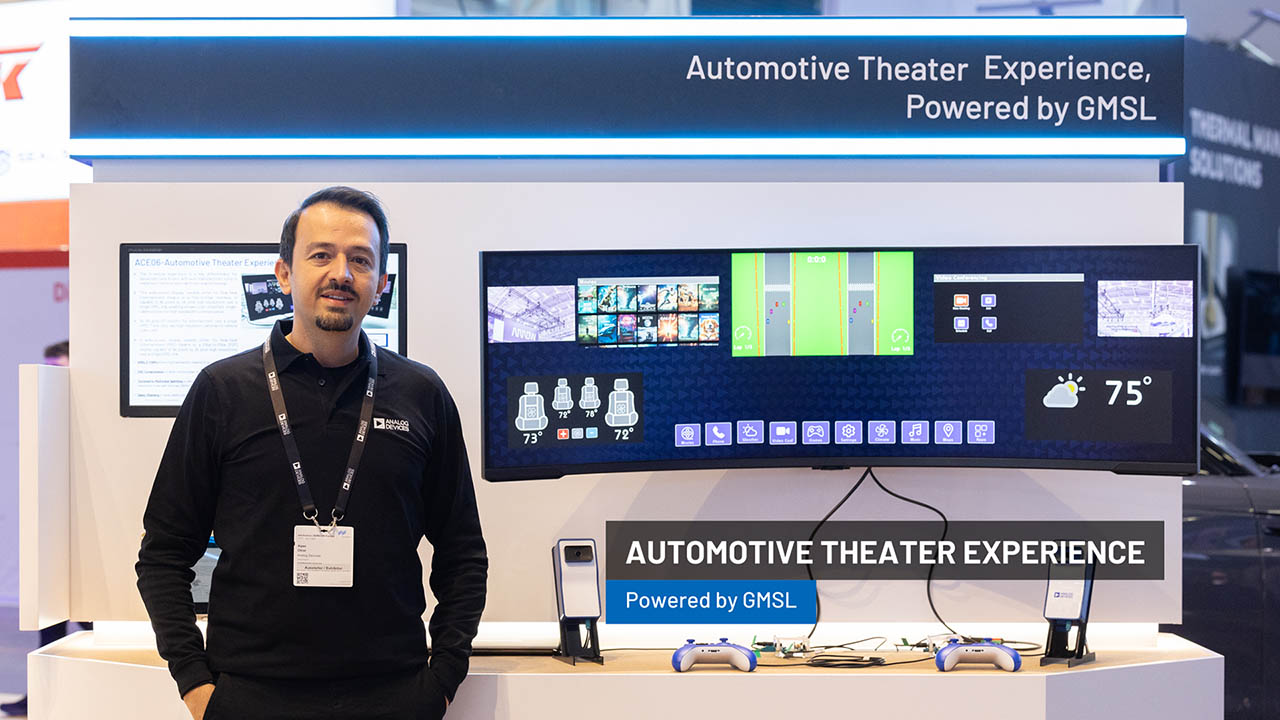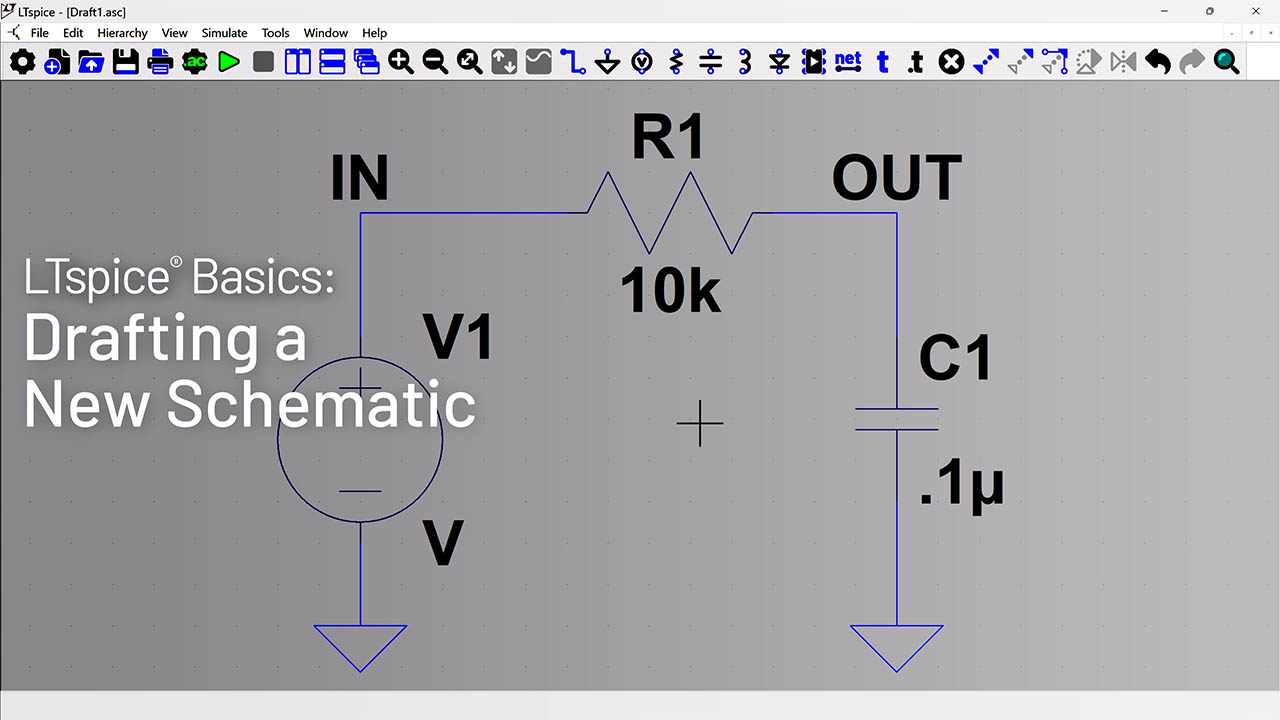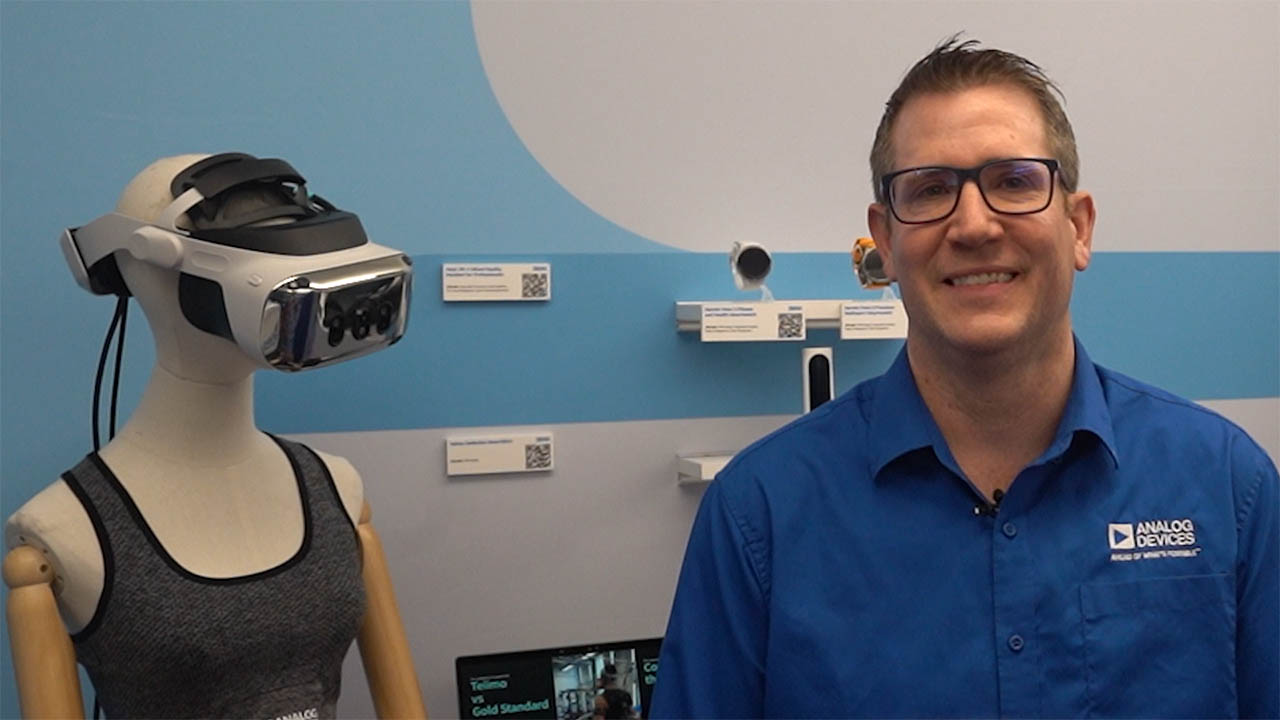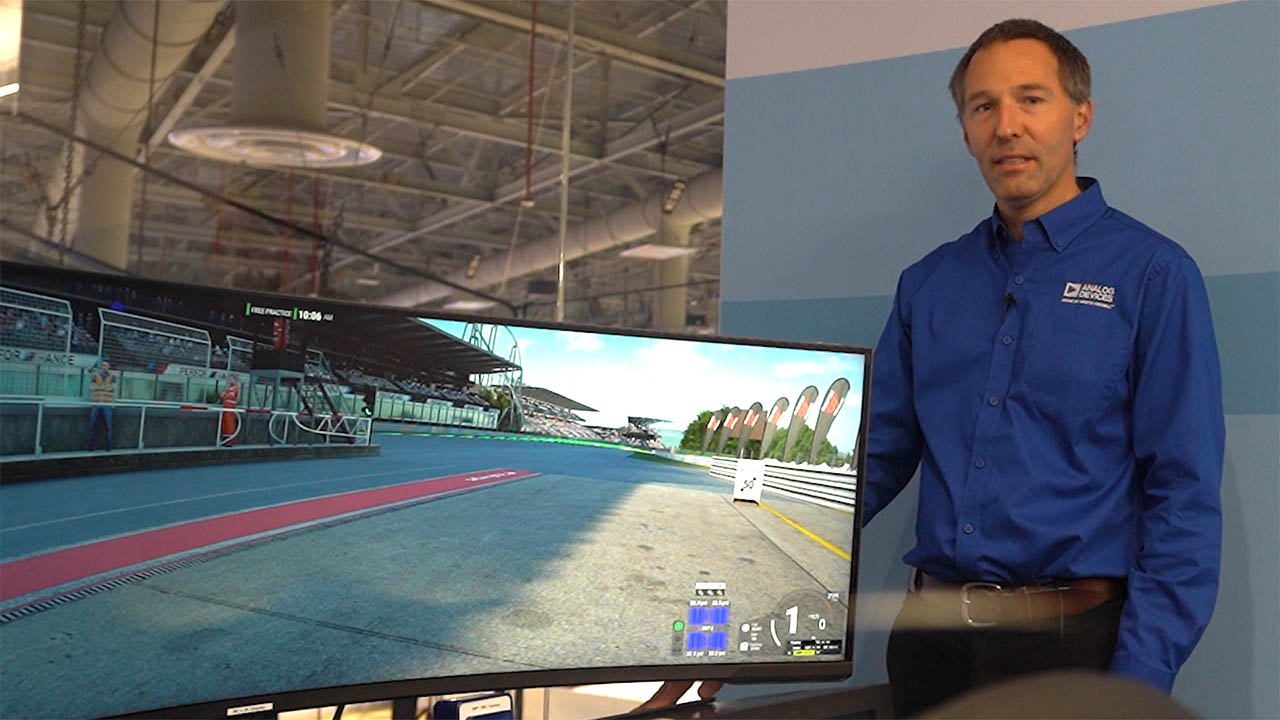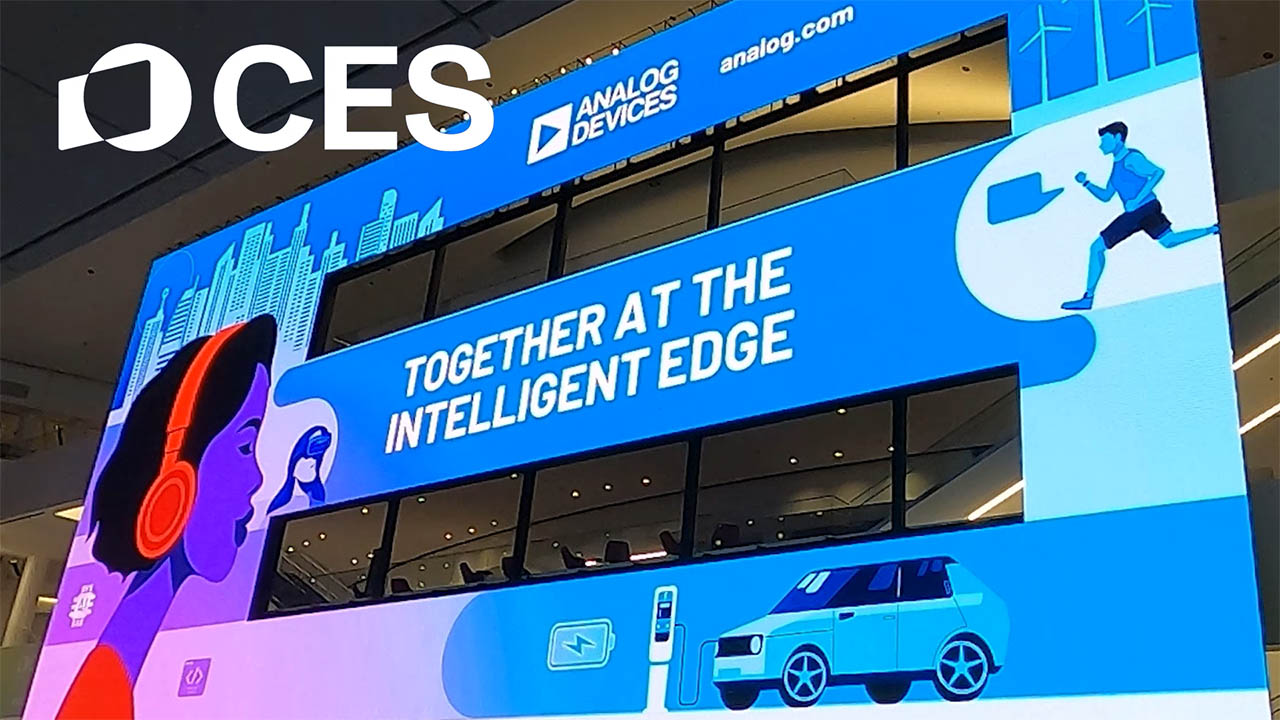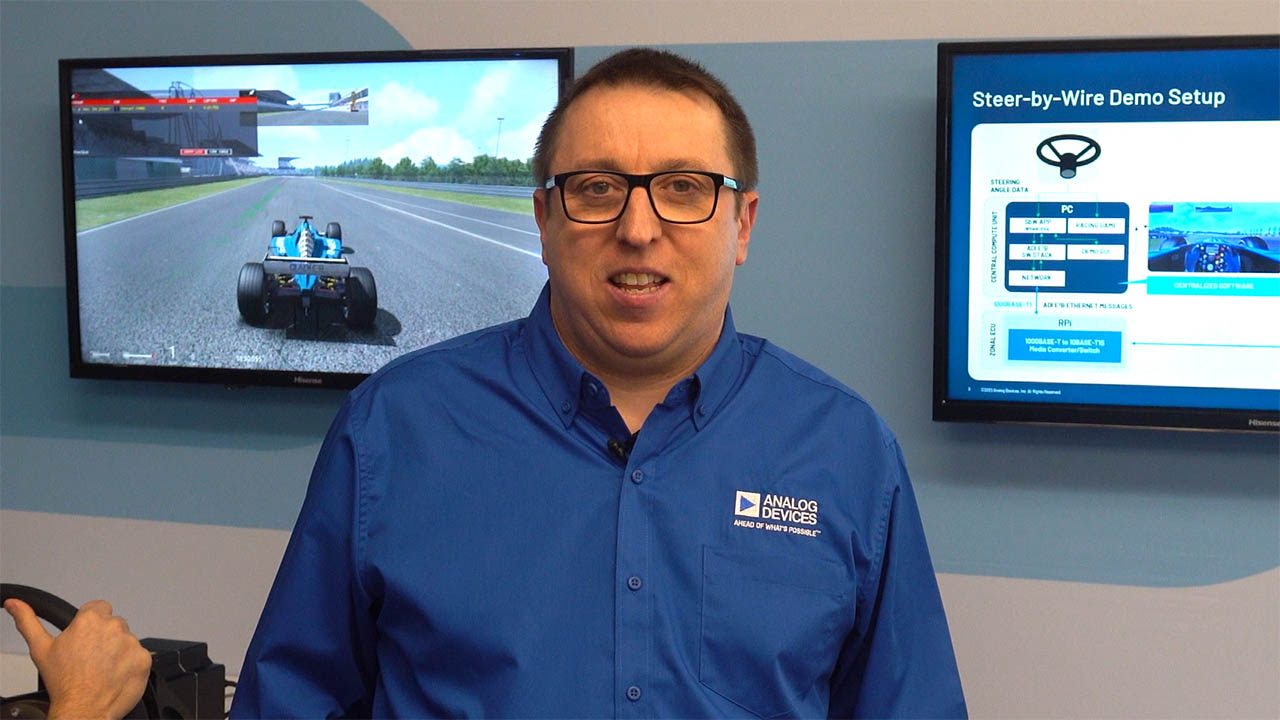Abstract
True wireless earbuds commonly use three (or more) pins to interface with their charging case, for data and power transfer. Extra pins need more space while also causing a reliability concern. Additionally, a fixed voltage is commonly used during earbud battery charging, an approach that can cause unwanted heating. In this design solution, we examine the shortcomings of these approaches in more detail before presenting a composite approach that uses two ICs to address these concerns.
Introduction
In some eastern cultures, big ears symbolize good luck and wealth. Alas, not everyone is born lucky or wealthy and similarly, ears come in all shapes and sizes. While manufacturers of true-wireless earbuds (Figure 1) could be accused of being duplicitous in wishing that everyone was lucky enough to have big ears, they face the inexorable challenge of making their products comfortable enough to be worn by people of all ear-sizes.

Figure 1(a). True wireless earbuds. Figure 1(b). True wireless earbuds with charging case.
Size constraint is not their only challenge. True wireless earbuds, by their very nature, must be rechargeable. However, if not charged efficiently, earbuds can quickly heat up to a high temperature, limiting how quickly they charge and making them uncomfortable for the wearer. In this design solution, we discuss how battery charging in wireless earbuds is managed and the challenge of minimizing this footprint within these tiny enclosures. We suggest a way to save space by using an IC that employs an innovative approach to managing power and data transfer between an earbud and its charging case. Finally, we present a DC-DC converter IC that has the ability to adaptively optimize conditions for battery charging, thereby minimizing power wasted in the form of heat, helping to reduce charging times.
Earbud Charging Interface
The battery in a true-wireless earbud begins to recharge when it is replaced in its charging case. A simplified block diagram of this arrangement is shown in Figure 2.

Figure 2. Simplified block diagram of earbud and charging case.
It is common for earbud manufacturers to use a 3-pin (or more) interface to manage the battery charging process. Two pins are used for charge transfer while other pin(s) provide a communication (or data) channel between the charging case and earbud. This channel is used to track the state of the batteries in both the charge case and earbuds, meaning both the user and system are continuously kept informed about the status of the charging process. This communication interface can also be used for device firmware updates and/or factory debug. Some earbud models use a dedicated (pogo) pin to detect when an earbud has been replaced in its case. While some manufacturers use a Hall-effect sensor to avoid using a dedicated pogo pin, this requires additional components in the charging case.
Accommodating extra pins on a tiny earbud, for whatever purpose, presents a challenge to the manufacturer, not only in terms of space, but also reliability, since each pin introduces a potential point of failure in the manufacturing process. In an ideal scenario, only two pins should be used to connect an earbud to its charging case. One way to do this is to use two pins for power transfer and a separate Bluetooth® channel for data communication with the charging case. However, this is not ideal as it requires an extra Bluetooth transceiver to be located in the charging case, consuming even more space and power.
Combining Data and Power Transfer
A more efficient way for an earbud to communicate with its charging case is to combine data and power transfer into a single channel, effectively superimposing the data signal onto the power. This is known as “powerline communication” (analogous to the way in which electrical outlets can be used to extend wired network communications). MAX20340 implements a novel variation of this technology by providing a bi-directional DC powerline communication interface that is suitable for use in space-constrained portable consumer devices. With this approach, the number of pins can be reduced to two, the ideal solution. Figure 3 shows how the MAX20340 DC powerline communication management IC can be integrated into both the earbud and its charging case to provide this feature, allowing bidirectional data transfer at rates up to 166.7kbps. A master IC is located in the charging case with addressable slave ICs located within each earbud.

Figure 3. Using the MAX20340 for data and power transfer between earbud and charging case.
Using only two pins for the interface increases reliability by reducing the number of points of failure. The MAX20340 has several other advantages. It has a maximum charging current of 1.2A for faster battery charging. It also has automatic slave detection, which means that neither a Hall-effect sensor nor a dedicated pogo pin is required for the charging case to recognize that an earbud has been docked. It includes high ESD protection, removing the need for additional TVS diodes. This IC is available in a 9-bump, 0.4mm pitch, 1.358mm x 1.358mm wafer-level package (WLP).
Reduce Heating
To prevent heating, earbud battery recharging needs to be done as efficiently as possible. Analysis of this process reveals a source of power loss that can go unnoticed. The lithium-ion battery in the charging case (typically 3.7V) is normally boosted to 5V using a DC-DC converter IC. This voltage is then used by a linear charger in the earbud for battery charging. However, even as the earbud battery voltage rises during charging, it always remains lower than 5V. This excess voltage causes power to be wasted in the form of heat. To prevent this, the voltage difference between the input to the linear charger (supplied by the boost converter) and the battery voltage should be continuously minimized as the battery voltage rises during charging.
A buck-boost converter which can manage this, using a technique called dynamic voltage scaling (or DVS), is shown in Figure 4.

Figure 4. MAX20343 buck-boost DC-DC converter with DVS.
Figure 5 shows how the MAX20343 can be used with the MAX20340 to reduce heat dissipation. The MAX20340 intermittently queries the earbud battery voltage and provides this information to the case-side microcontroller. The micro then adjusts the output voltage of the MAX20343 so that it matches the earbud battery voltage plus the additional overhead required by the linear charger. This has the advantage of minimizing energy wastage in the case-side battery and reducing the heat dissipated in the earbud. This reduction in heat dissipation means the earbuds can also be charged at a faster rate. This MAX20343 is available in a choice of 16-bump, 1.77mm x 2.01mm, 0.4mm pitch WLP or a 12-pin, 2.50mm x 2.50mm, 0.5mm pitch FC2QFN package.

Figure 5. Using MAX20340 and MAX20343 for charging.
Summary
True-wireless earbuds are tiny devices which present many design challenges. We have shown that apart from a power transfer medium, true-wireless systems need a way to communicate data bidirectionally between the earbuds and charging case. Many models use extra pins to provide this data channel while also using a dedicated pogo pin to allow the charging case to recognize that the earbud has been docked. However, extra pins use up limited space and represent additional points of failure. This can create a reliability concern in the manufacturing process. We have also explained how energy is wasted in the form of heat as earbuds charge. We then presented two ICs that overcome these problems. The MAX20340 combines power and data transfer into a single channel, meaning only two pins are required for an earbud to interface with its charging case. The MAX20343 saves energy and reduces heating by improving the efficiency of the battery-charging process. Taken together or separately, these ICs are also ideal for similar application in hearing aids, gaming headsets, handheld radios, and point-of-sale devices.
Related to this Article
Products
Bidirectional DC Powerline Communication Management IC
Ultra-Low Quiescent Current, Low Noise 3.5W Buck-Boost Regulator
Industry Solutions
{{modalTitle}}
{{modalDescription}}
{{dropdownTitle}}
- {{defaultSelectedText}} {{#each projectNames}}
- {{name}} {{/each}} {{#if newProjectText}}
-
{{newProjectText}}
{{/if}}
{{newProjectTitle}}
{{projectNameErrorText}}





